(ECNS) -- The Xingyi UNESCO Global Geopark in Qianxinan Buyi and Miao Autonomous Prefecture of Xingyi City, southwest China's Guizhou Province was officially unveiled on Monday.
This event marks a milestone in filling a research gap regarding the geological remains of the Triassic period.
The geopark covers 17 towns and townships with an area of 1,456 square kilometers. It is characterized by Triassic Xingyi fauna fossils, Triassic karst peak forest landscapes, and Triassic lithofacies transition geological features.
The Triassic Xingyi fauna fossils in the park dates back to approximately 240 million years, featuring well-preserved marine reptiles and fish fossils, especially Guizhousaurus fossil, which was the first marine reptile fossil discovered in Asia.
The Xingyi Geopark is home to 2,410 plant species and 769 animal species, including numerous nationally protected plants and animals. It also showcases the Chinese farming civilization with 26 ethnic groups living in the area.
The UNESCO Global Geopark Network has a total of 213 members across 48 countries. China leads the world with 47 Global Geoparks at present.





























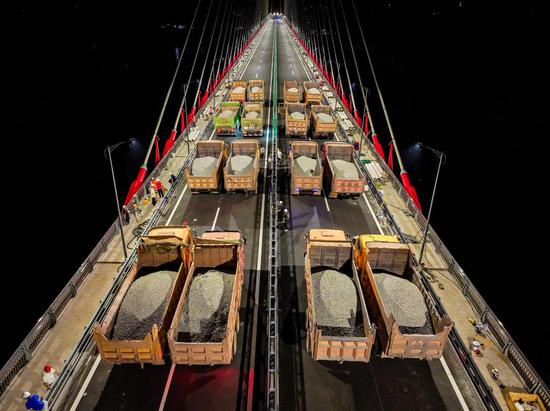
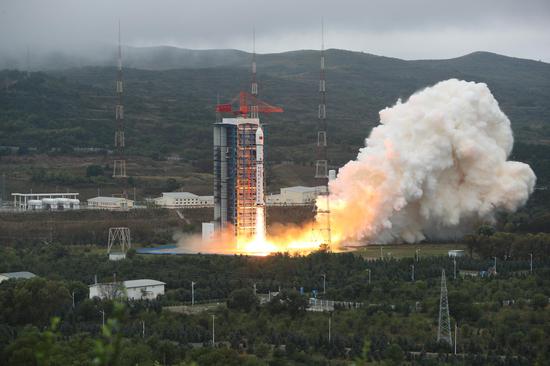



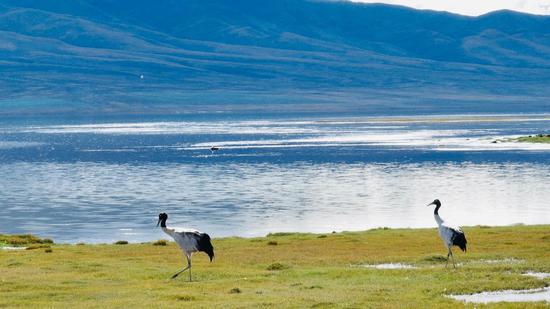

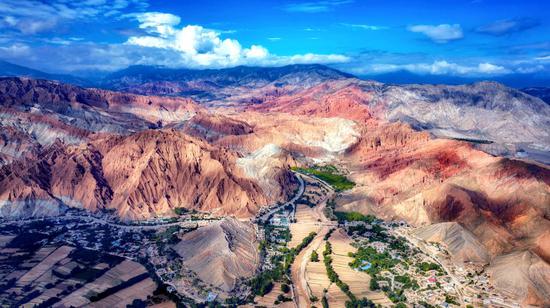

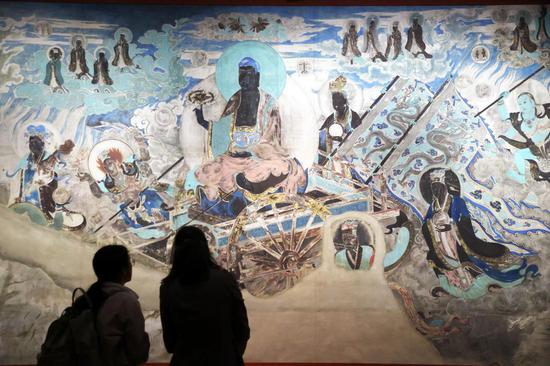
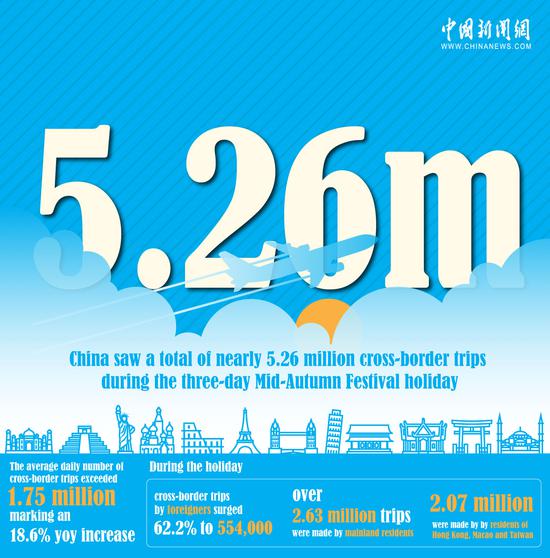

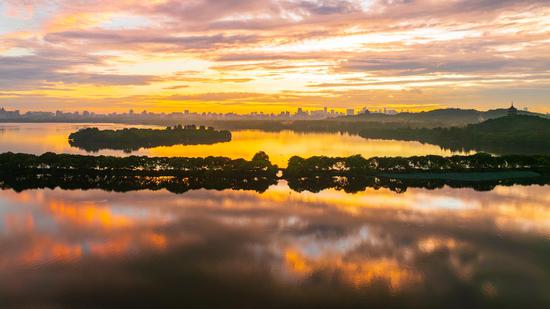
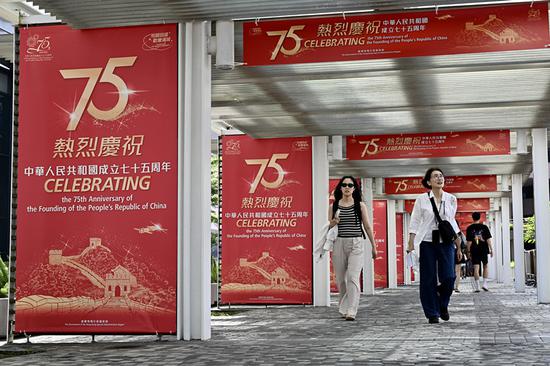

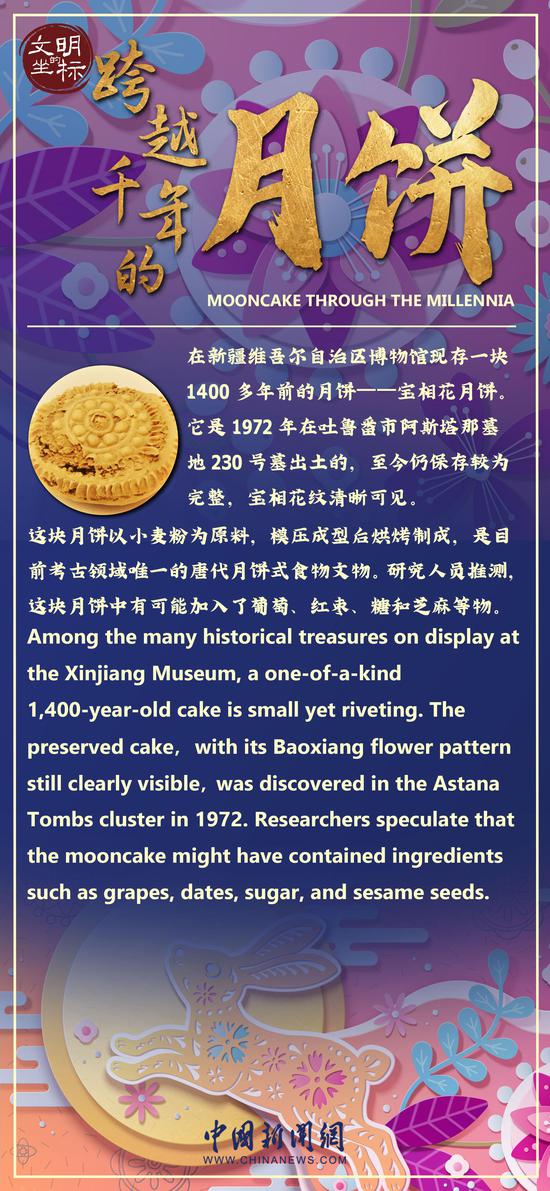





 京公网安备 11010202009201号
京公网安备 11010202009201号